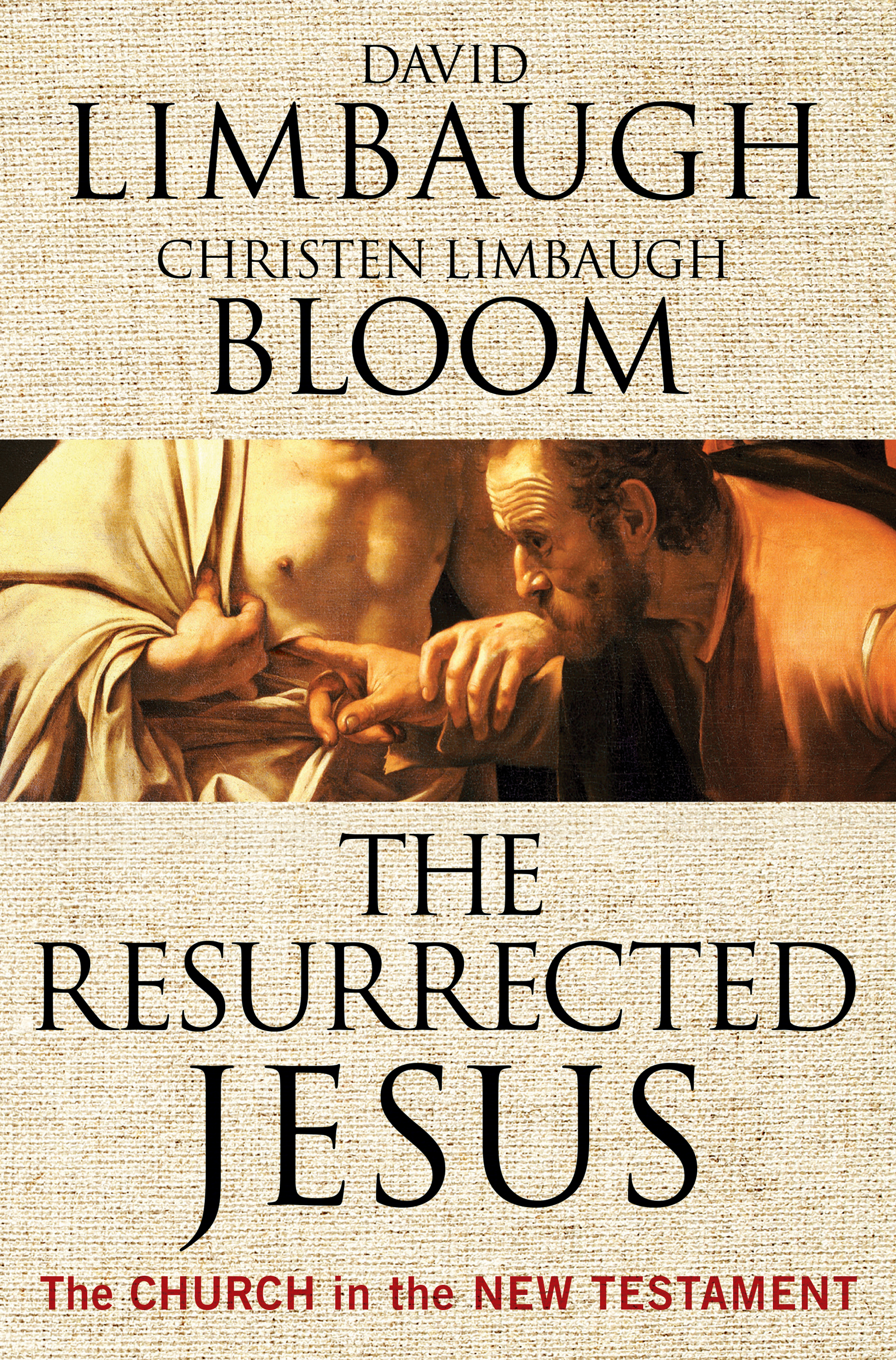The Supreme Court’s Vexing Elitism
March 8, 2005In my last column, I discussed the Supreme Court’s abominable decision outlawing the death penalty for murderers under the age of 18. I have a few more complaints.
First, much of the Court’s analytical emphasis considers the plight of the offenders. Conspicuously lost in the equation are concerns for the victims and society at large, for whom the Court demonstrates a stunning disregard.
When I took Criminal Law in law school in the mid-Seventies, we studied the theories of punishment, including prevention, sometimes referred to as specific deterrence; restraint; rehabilitation; general deterrence; and retribution. Notice how each promotes the larger interests of society.
Prevention seeks to deter the particular criminal from committing future crimes by making his punishment unpleasant. If it works, society obviously benefits. The idea of restraint is to protect society from the particular criminal by isolating him through incarceration.
Rehabilitation aims to reform a criminal into a law-abiding citizen, thereby benefiting both the individual and society. With general deterrence, punishment is designed to prevent other wrongdoers from committing crimes because of their fear of similar punishment. Again, both the potential criminal and society benefit.
Retribution may strike some modern readers as barbaric, but it has always been a part of punishment’s mosaic. But rather than thinking of it as society’s sanctioning of the human instinct for revenge, understand that punishment serves society’s legitimate interest in justice. It also promotes respect for the law and thereby suppresses society’s appetite for vigilantism.
Without question, our courts should strive to protect the rights of the accused, and even the convicted offender, but they must not, in the process, ignore the interests of the victim and society, as the Court did in this case.
The Court not only ignored the interests of the victim and society. It also omitted from its analysis an intellectually honest appraisal of the Framers’ purpose in outlawing cruel and unusual punishment.
Depending on which constitutional historians you believe, the Framers intended to prevent torture and abuse and/or arbitrary, capricious and discriminatory punishment by the government. They clearly didn’t intend to establish a federal constitutional prohibition on capital punishment for minors. But then again, why would the Court want to trouble itself inquiring into the Framers’ original intent when those 18th century barbarians had advanced so little in the “evolving standards of decency” continuum?
This case illustrates that courts ought to invoke the general sweep of a constitutional prohibition sparingly in order to avoid gross injustices in particular cases. Only an enormous amount of arrogance could lead the Court to preempt juries, which are infinitely better situated to make these exceedingly sensitive and important (life and death) determinations, and impose a general rule to apply in all cases.
In its feel-good zeal to protect “underage” murderers across the board, the Court issued a blanket rule negating in general what the jury specifically found in this case: that a 17-year-old has the mental capacity to appreciate the wrongfulness of his murder.
As Justice Scalia noted, it doesn’t require a great deal of sophistication to know that murder is wrong. How much less does it take to understand the immorality of the compounding factors involved in this case?
Indeed, the facts of this case obliterate the notion that murderers under the age of 18 lack the mental capacity to appreciate the wrongfulness of their conduct. Here, for example, the murderers employed a substantial degree of sophistication by consciously considering the reduced likelihood of their escaping the death penalty because of their age.
The Court, in its insulting elitism, presumes to be better positioned than trial courts to protect the rights of criminal defendants. But the record reveals that the trial court employed meticulous safeguards to insure the rights of the defendants — as trial courts routinely do.
The record shows that the trial court instructed the jury that it could only consider imposing the death penalty if it found aggravating circumstances attending the murder — just plain vanilla murder won’t get you executed.
The jury found not just one instance of aggravating circumstances, but three. The defendant committed the crime for pecuniary gain, to avoid a lawful arrest and with depravity of mind. The jury also found the murder was outrageously and wantonly vile, horrible and inhuman: The defendant and his accomplice threw the victim, bound, gagged and conscious off a railroad trestle into a river to drown. In addition, defense counsel argued mitigating factors, particularly the defendant’s age, at length, and the jury was instructed to consider them.
The only cruel and unusual punishment inflicted in this case was by the murderers. The only arbitrary judgment rendered in the case was that of the U.S. Supreme Court.






